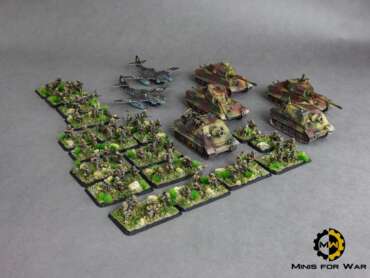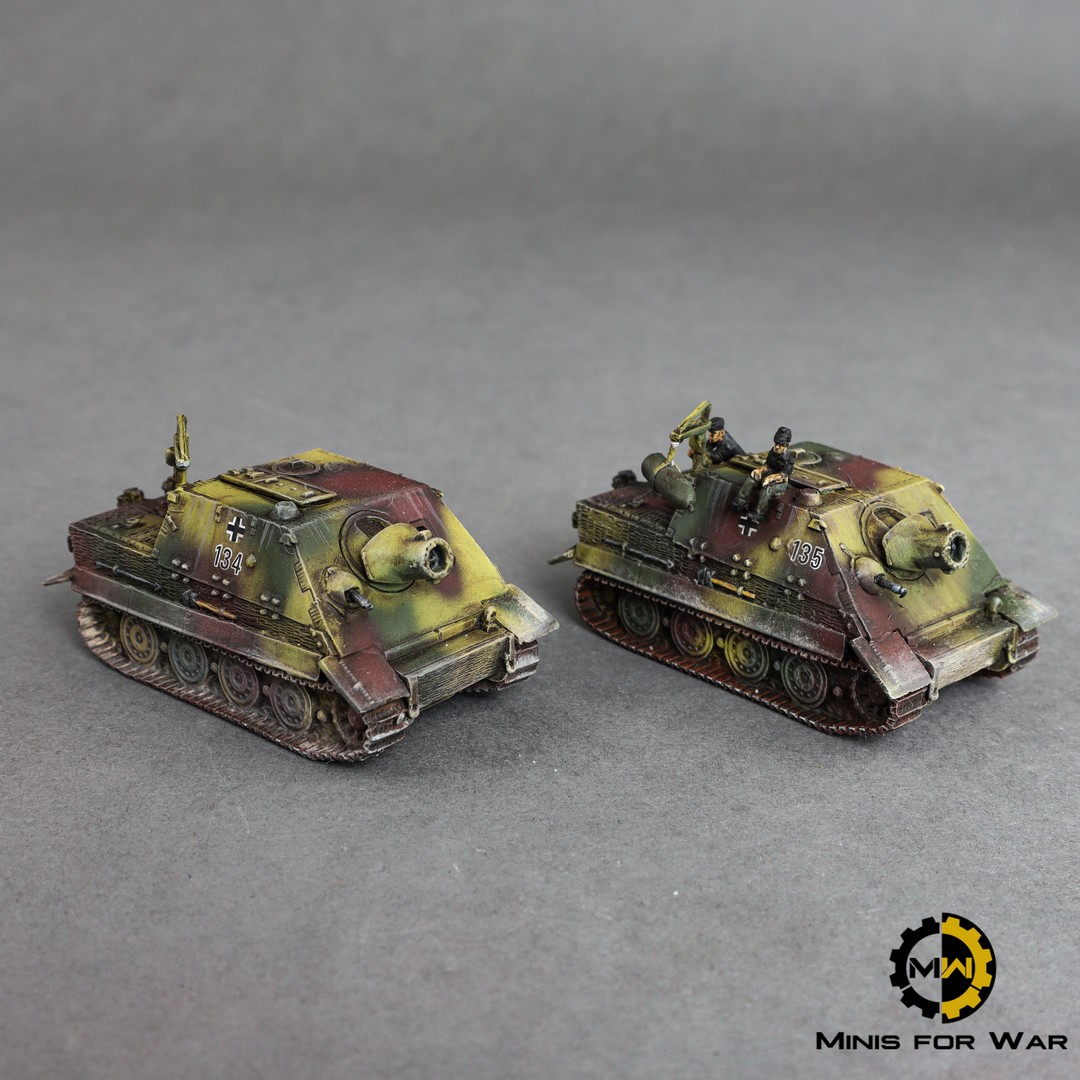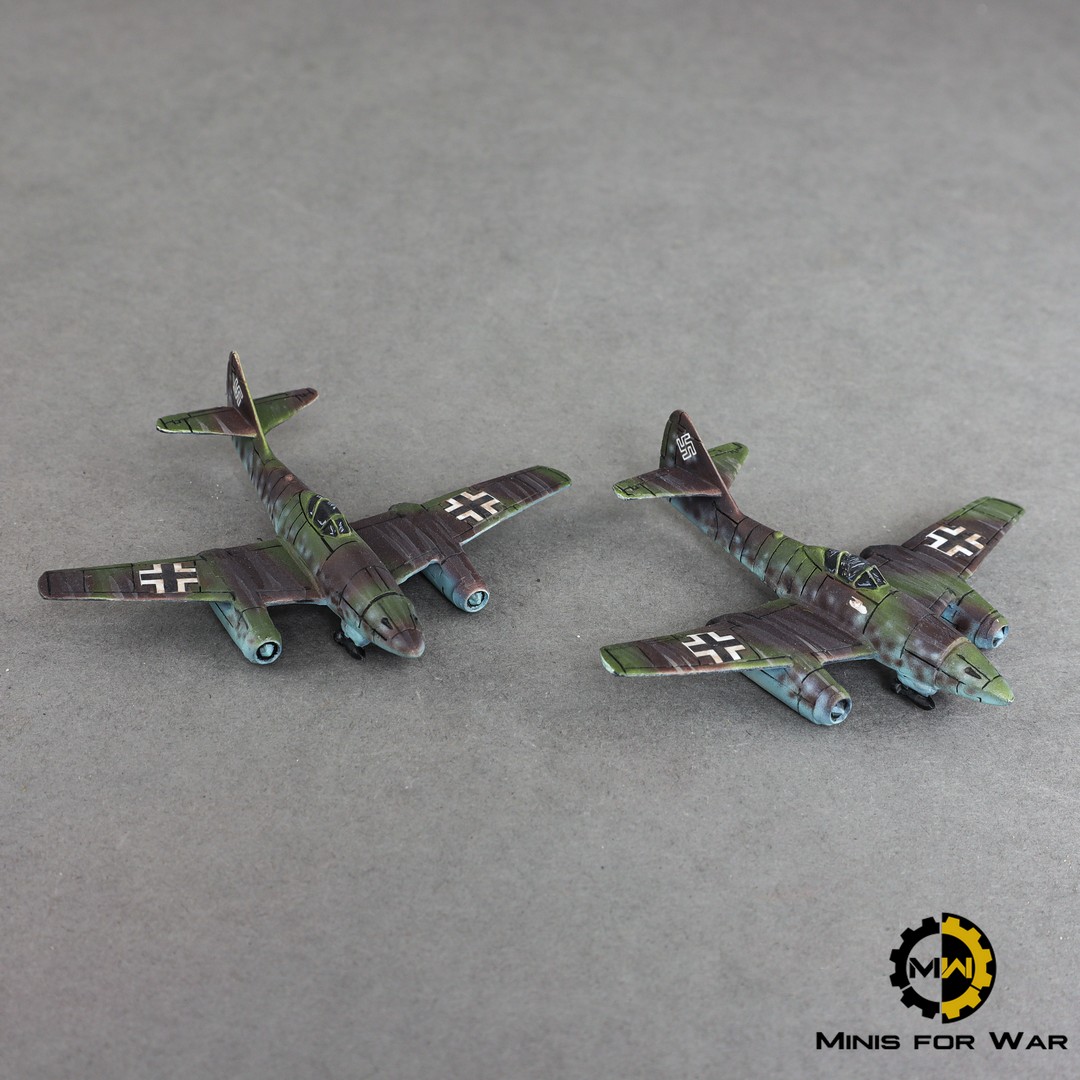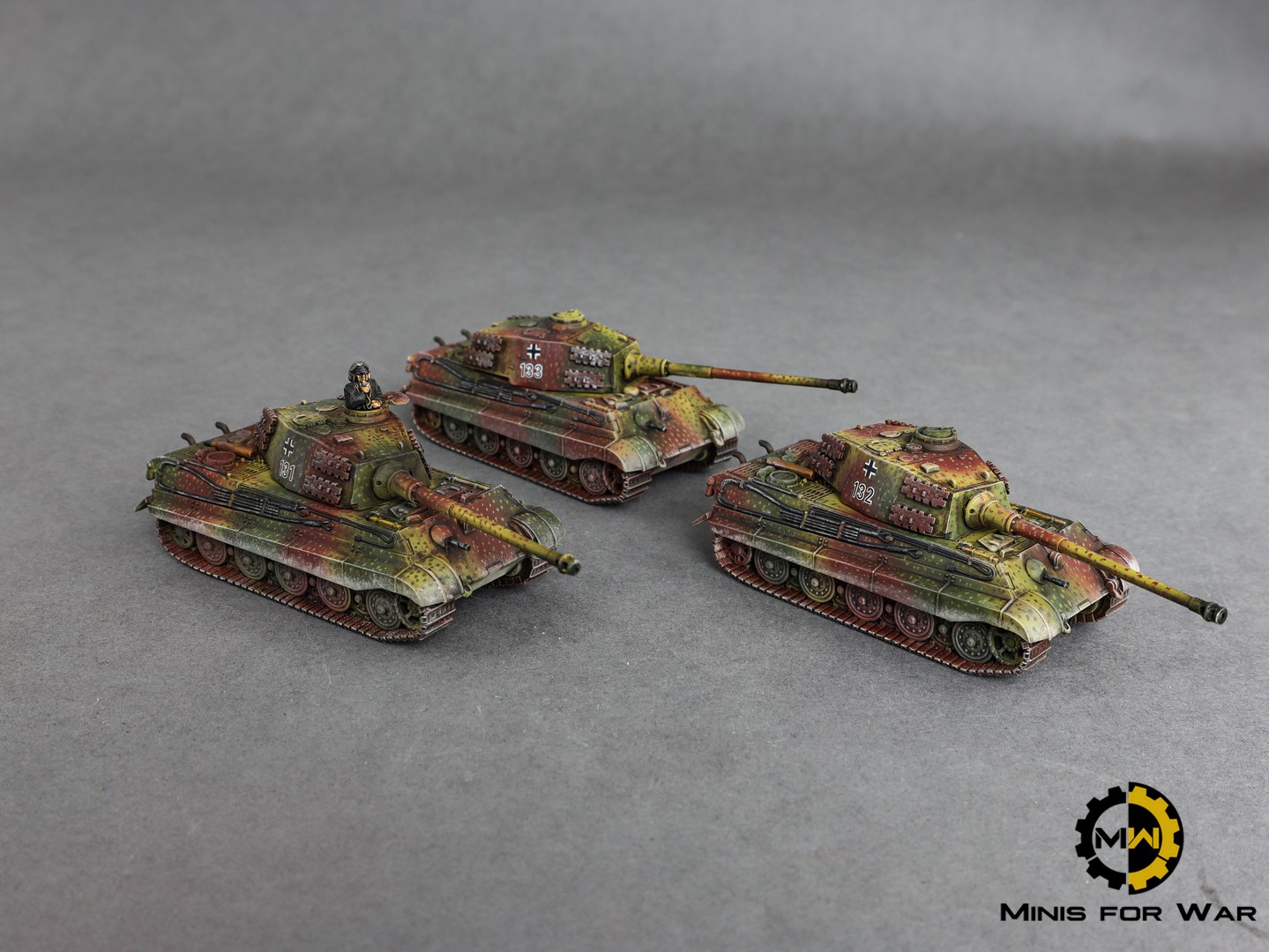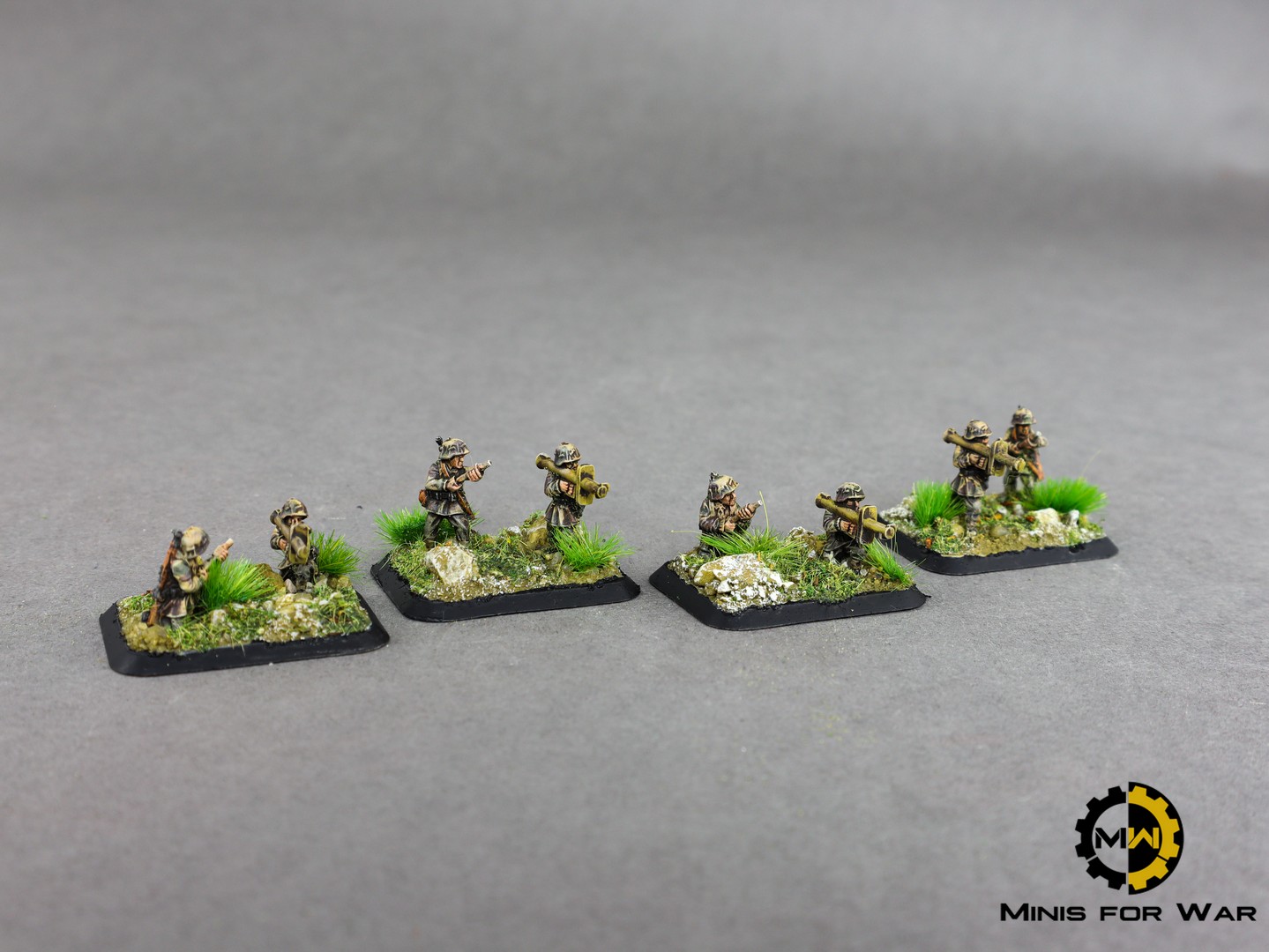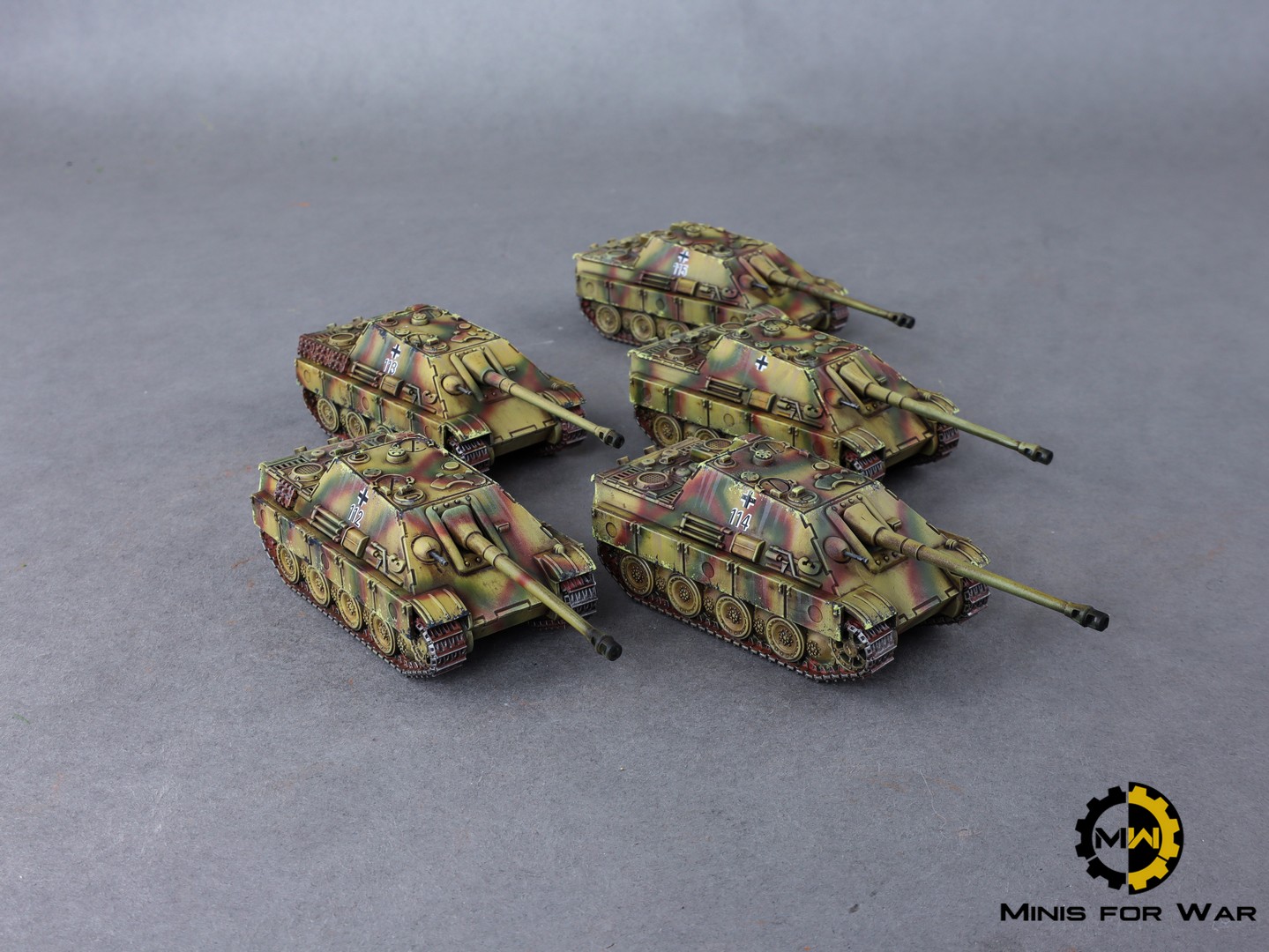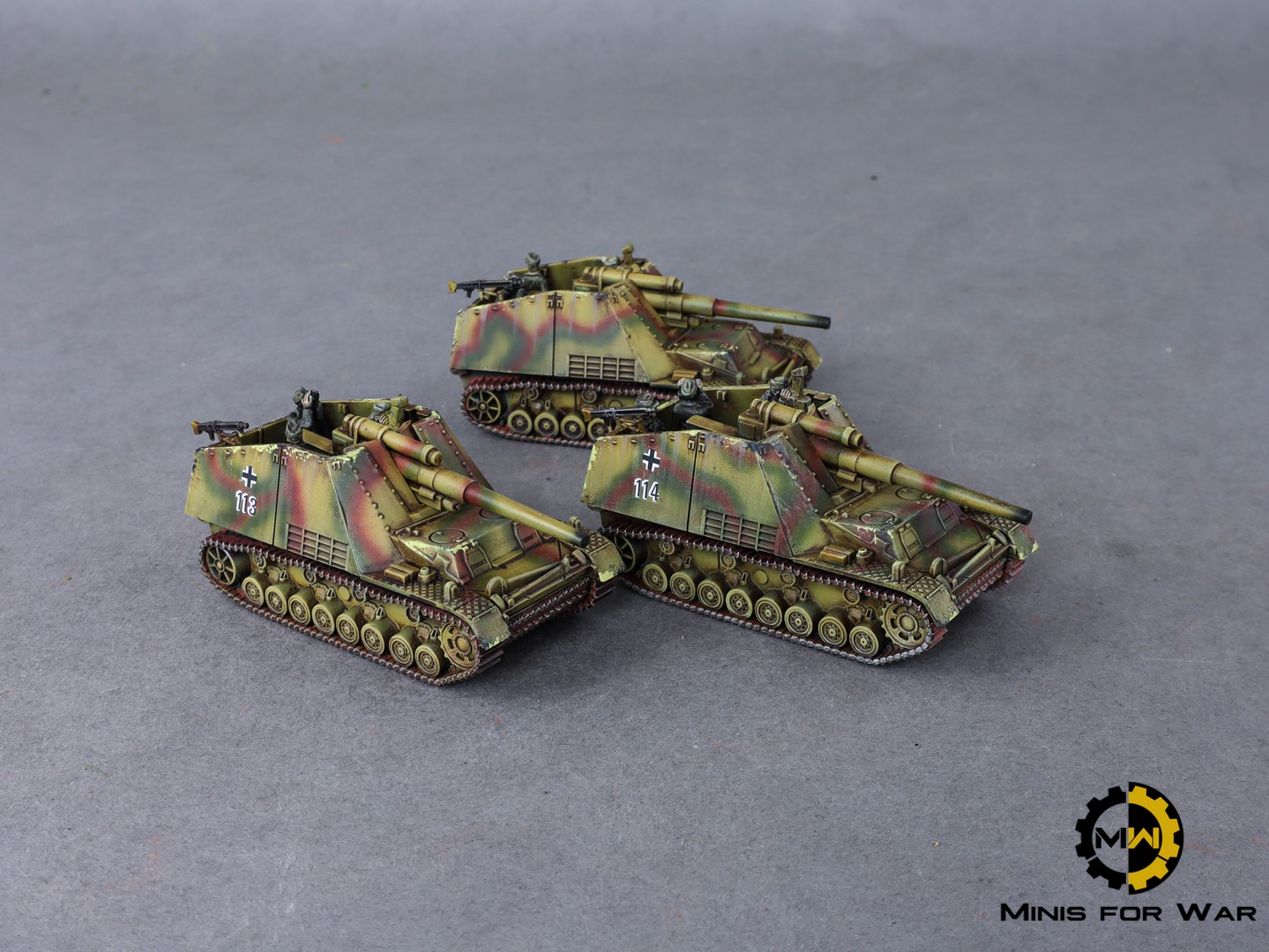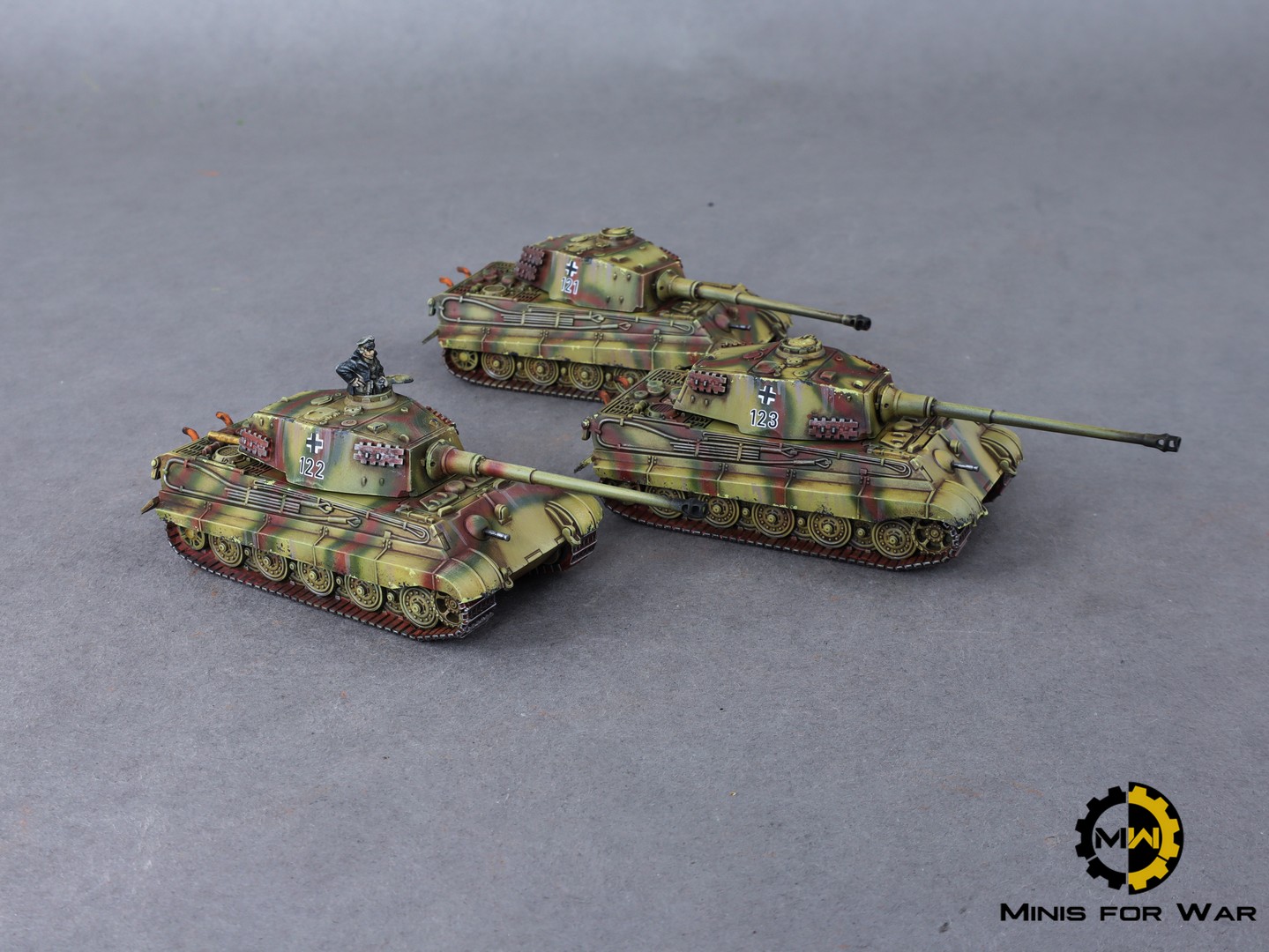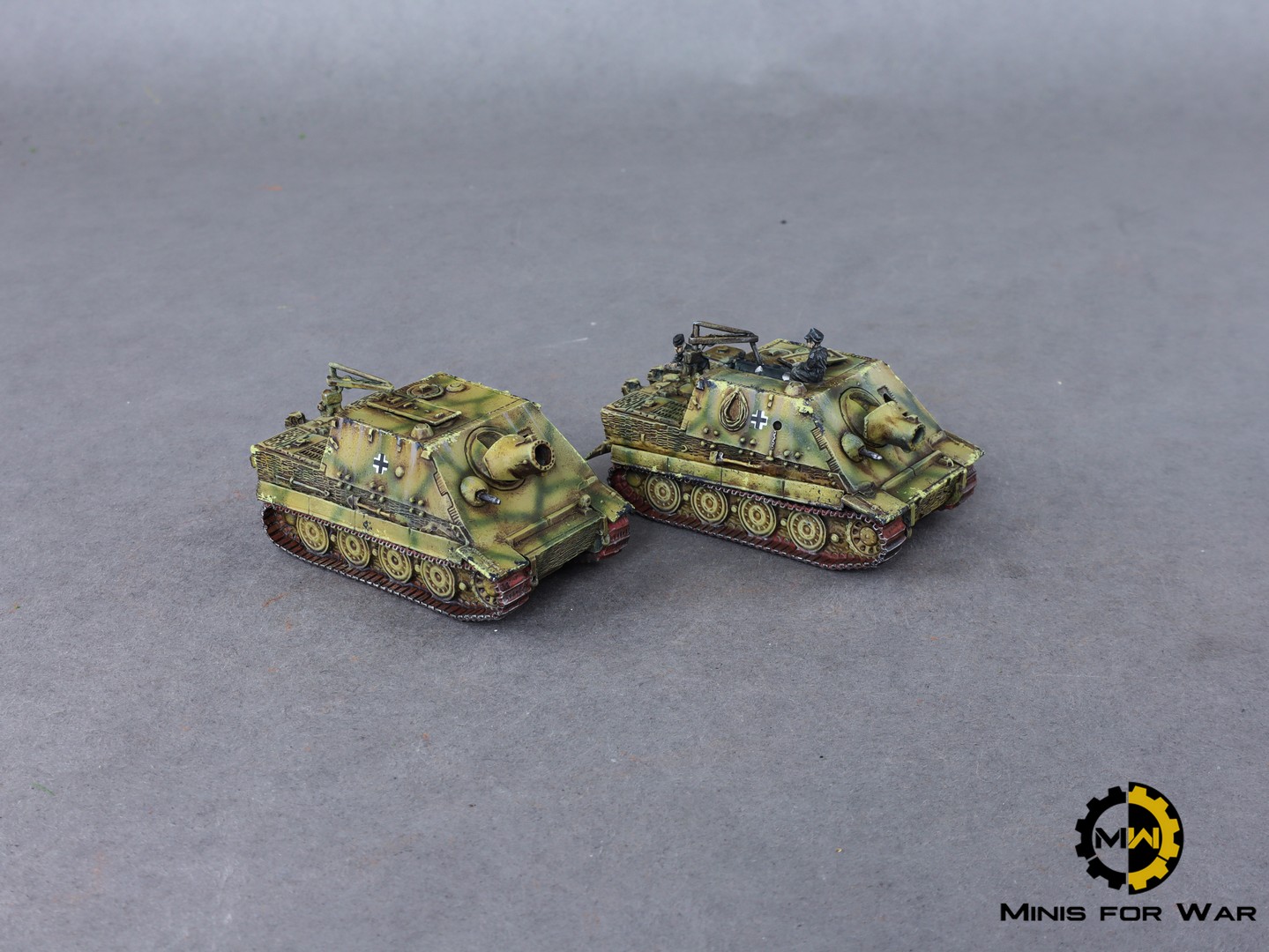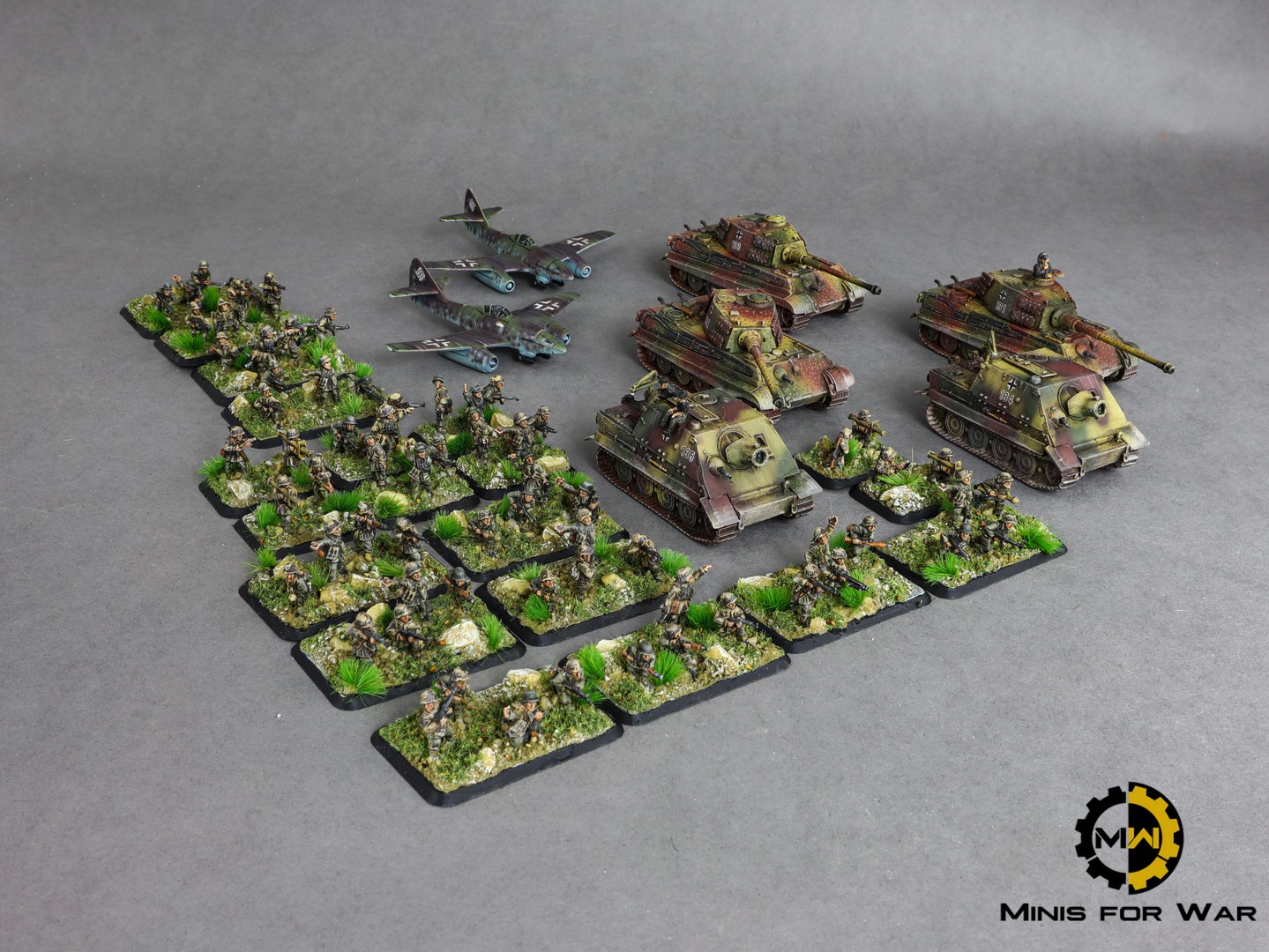
Marching with the Wehrmacht: A Flames of War Battle of the Bulge German army
The German Army, known as the Wehrmacht, was a powerful fighting force during World War II. Under the leadership of Adolf Hitler, the Wehrmacht rapidly expanded in size and strength, becoming one of the most formidable military forces in the world. The Wehrmacht used innovative tactics, such as “Blitzkrieg,” to quickly conquer much of Europe, including the invasion of Poland, the Battle of France, and the capture of the Balkans.
However, the Wehrmacht’s fortunes began to change after the invasion of the Soviet Union in 1941. The harsh Russian winter and fierce Soviet resistance took a heavy toll on German forces. The Battle of Stalingrad in 1942-43 marked a turning point in the war, where the German Army was ultimately defeated.
One of the Wehrmacht’s last major offensives was the Battle of the Bulge. In the winter of 1944-45, the German Army, under the command of General Gerd von Rundstedt, launched a surprise attack on the thinly spread American troops, aiming to split the Allied forces in two and force a negotiated peace with the Western powers.
The German Army amassed a force of over 400,000 soldiers and nearly 1,000 tanks and assault guns. They made significant gains in the first few days of the battle, but their advance was eventually slowed by the arrival of reinforcements and the efforts of Allied airpower. The German Army also suffered from logistical and supply problems, as well as fatigue and the harsh winter weather.
Despite these setbacks, the Battle of the Bulge was one of the largest and bloodiest battles of World War II. It resulted in the deaths of tens of thousands of soldiers on both sides and inflicted significant damage on the German Army. The battle also delayed the Allied advance into Germany and prolonged the war.
Ultimately, the Battle of the Bulge marked the last major offensive of the Wehrmacht in the war. It demonstrated that the Wehrmacht, while still a formidable fighting force, was no longer the invincible force it had been earlier in the war. The battle also highlighted the importance of airpower and logistics in modern warfare, as well as the need for effective intelligence and communication systems to coordinate troops in battle. The German Army was eventually defeated in 1945 by Allied forces, resulting in the deaths of millions of soldiers and civilians.

